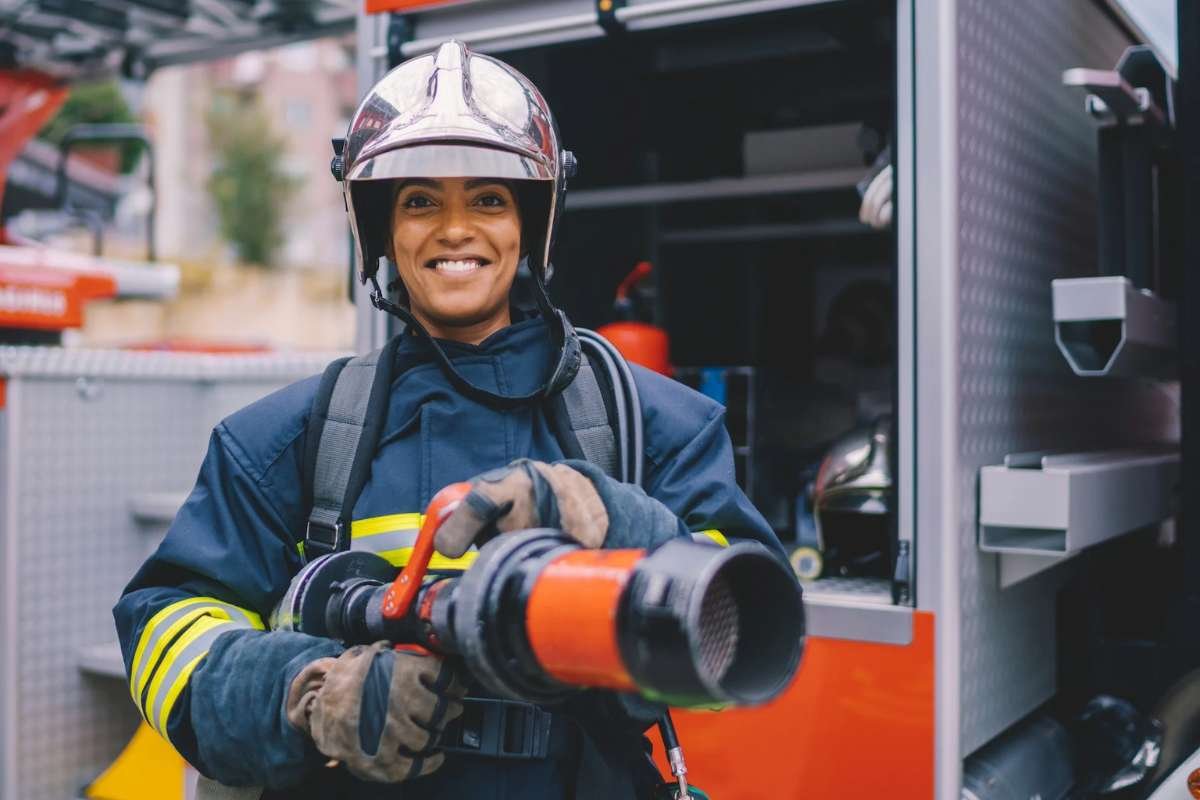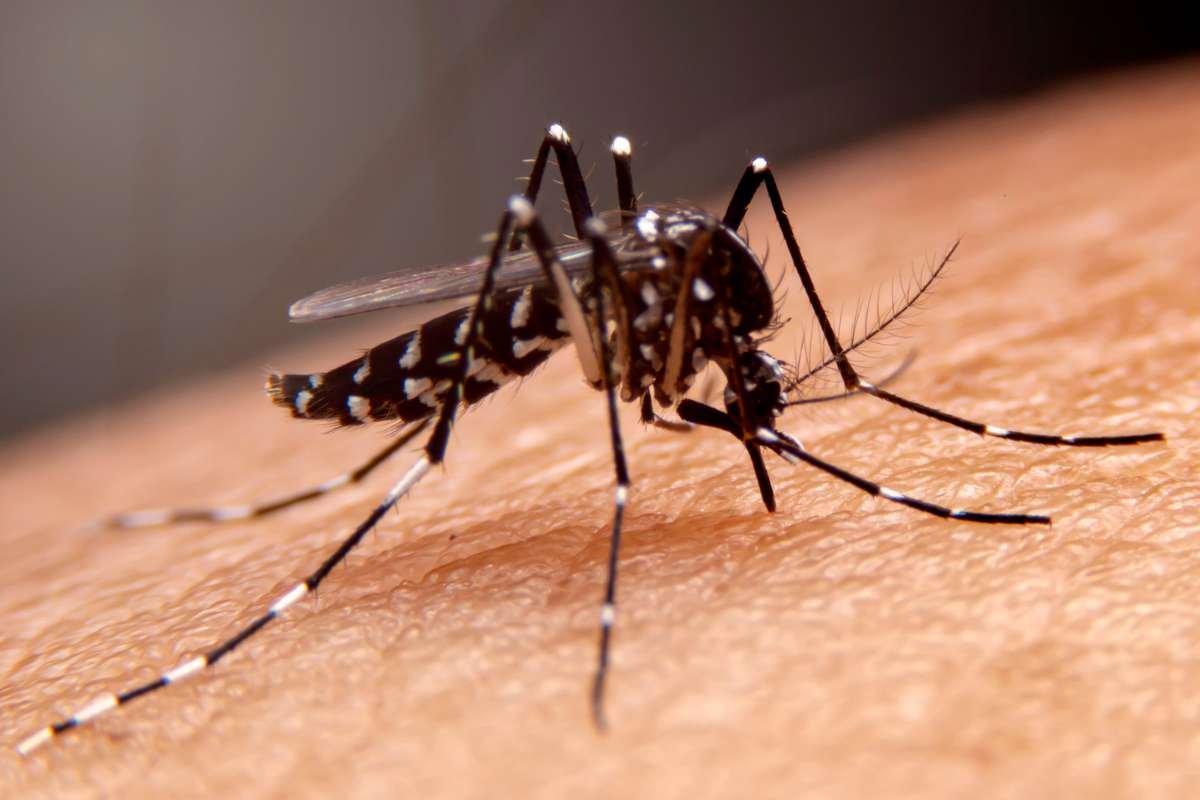Breast Cancer Risks for Female Firefighters
Research has shown that firefighters experience higher cancer rates compared to the general population, largely due to frequent exposure to toxic chemicals while on the job. Until now, however, studies have primarily focused on male firefighters, leaving gaps in understanding the breast cancer risks faced by female firefighters. A recent study led by Silent Spring Institute has addressed this issue, identifying multiple chemical exposures that female firefighters regularly encounter, which could heighten their risk of developing breast cancer. The study, published in the journal Toxics, examines occupational hazards specific to women, emphasizing the need for targeted safety measures and policy changes.
The research team, led by co-author Rudel, analyzed data from the International Agency for Research on Cancer (IARC) and the U.S. National Toxicology Program to find chemicals linked to mammary tumors in animal studies, as well as chemicals associated with breast cancer in humans. By screening over a hundred studies, the researchers identified 12 specific chemicals or classes of chemicals that female firefighters are highly exposed to, including benzene, PAHs, acetaldehyde, styrene, dioxins, flame retardants, PFAS, and PCBs. These chemicals, commonly present during firefighting operations, are known for their carcinogenic potential and pose a particular risk to female firefighters, given the known associations with breast cancer.
Toxic Exposure Sources on the Job
The study outlines the various sources of toxic exposure firefighters face, from the fires they fight to the gear they wear. Firefighters encounter hazardous chemicals not only in burning structures, wildfires, and vehicle fires but also through diesel exhaust from fire trucks, air and dust at fire stations, and their protective turnout gear.
The turnout gear is particularly concerning as it contains PFAS—a group of chemicals linked to cancer. Previous research by Rudel and colleagues showed that female firefighters in San Francisco had significantly higher blood levels of PFAS than women working in typical office environments. Additionally, female firefighters were found to have elevated levels of flame retardants in their bodies, chemicals that could either stem from firefighting gear or other exposure sources.
Rudel highlighted the importance of examining all firefighting materials and equipment to reduce toxic exposure. If flame retardants are found to be intentionally added to firefighter turnout gear, this would warrant a move toward safer alternatives. The study also suggests that transitioning to electric fire trucks could lower exposure to diesel exhaust and its carcinogenic components. By investigating the entire environment and tools firefighters use, researchers hope to identify ways to mitigate the unique cancer risks that female firefighters face in their line of work.
Policy Implications and Occupational Protection
The study’s findings underscore the need for occupational health policies that recognize and protect female firefighters from cancer risks associated with chemical exposure. According to Dr. Dan Whu, Chief Medical Officer at the International Association of Fire Fighters (IAFF), this research addresses a critical gap in understanding the health risks female firefighters encounter, specifically the link between occupational exposures and breast cancer risk. This insight can drive policy changes to improve worker safety and potentially influence medical support and benefits for female firefighters diagnosed with breast cancer.
Currently, 20 states in the U.S. have presumptive laws recognizing breast cancer as an occupational illness for firefighters, entitling them to workers’ compensation, disability benefits, medical leave, and medical expense coverage. Another 16 states have less explicit legislation that might extend similar protections. However, federal presumptive cancer legislation still excludes breast cancer, leaving many female firefighters without adequate protection or support in case of a diagnosis. Rudel expressed hope that the study’s findings would prompt legislative changes that extend protections to female firefighters across the country.
This research received funding from the California Breast Cancer Risk Research Program and Silent Spring Institute’s Safer Chemicals Program, highlighting a growing effort to prioritize the health and safety of firefighters, particularly women, who are disproportionately affected by certain occupational hazards.







